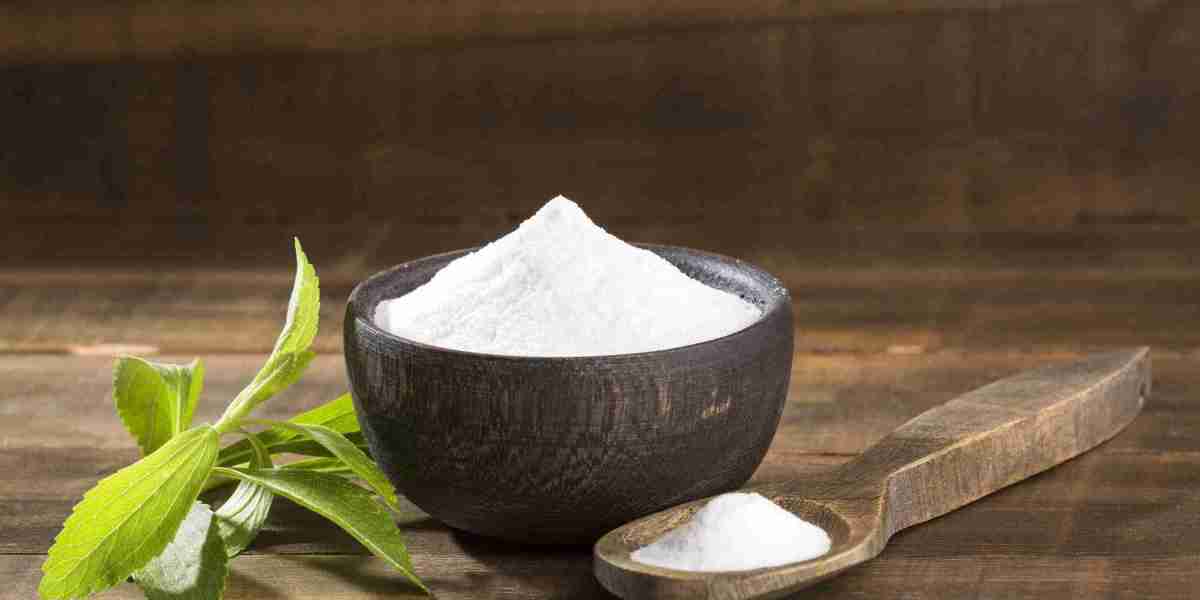The stevia extract market has experienced significant momentum in recent years, driven by changing consumer preferences, government regulations, and innovations within the food and beverage sector. As health consciousness rises globally, stevia — a zero-calorie, plant-based sweetener — is gaining popularity as a preferred sugar substitute. The market dynamics surrounding this segment are shaped by several interlinked factors, including consumer trends, technological advancements, competitive landscape, supply chain shifts, and regional market developments.
Rising Health Awareness and Consumer Shift
One of the key forces fueling the stevia extract market is the growing health awareness among consumers. The rising incidence of lifestyle diseases such as obesity, diabetes, and heart disease has encouraged consumers to adopt healthier food choices. Artificial sweeteners, though once popular, are increasingly being replaced by natural alternatives. Stevia, being 200–300 times sweeter than sugar but without the associated calories or glycemic impact, fits this demand perfectly. Consequently, there has been a sharp rise in demand for stevia-infused beverages, dairy products, baked goods, and dietary supplements.
Regulatory Support and Product Approvals
Governments and food regulatory bodies across various countries have taken steps to promote healthier diets by setting sugar intake guidelines. These regulations have accelerated the adoption of natural sweeteners. The FDA’s designation of high-purity steviol glycosides as Generally Recognized As Safe (GRAS), and similar approvals by the European Food Safety Authority (EFSA), have provided a robust foundation for the stevia extract market. Countries such as China, India, and Japan have also embraced the use of stevia, leading to broader global acceptance and incorporation into diverse product portfolios.
Technological Advancements in Extraction and Formulation
Innovation plays a pivotal role in shaping the market dynamics. The development of better extraction technologies has enabled manufacturers to isolate the best-tasting steviol glycosides, such as Reb M and Reb D, which have minimal aftertaste compared to earlier formulations. These advancements are critical to improving the sensory profile of stevia, making it more palatable and acceptable to a wider range of consumers. Moreover, biotechnology firms are exploring fermentation-based stevia production to ensure purity, scalability, and cost-efficiency, thereby opening new avenues for market expansion.
Supply Chain Challenges and Raw Material Availability
Despite its potential, the market faces challenges, particularly concerning supply chain logistics and the availability of raw materials. Stevia is primarily cultivated in countries like China, Paraguay, and Kenya, and fluctuations in agricultural yield can impact global supply. Additionally, geopolitical tensions, climate change, and transportation costs can disrupt the flow of stevia extract from farm to factory. Companies are thus investing in diversified sourcing strategies and exploring vertical integration to ensure long-term supply stability.
Competitive Landscape and Market Entry
The stevia extract market is highly competitive, with key players including Cargill, PureCircle (a subsidiary of Ingredion), Tate & Lyle, GLG Life Tech, and Evolva. These companies are continually investing in R&D, branding, and strategic partnerships to strengthen their market positions. The entry of small and mid-sized players is also contributing to increased innovation, price competition, and regional customization. Brand differentiation based on purity, sustainability practices, and taste profile is emerging as a critical success factor.
Regional Insights and Growth Potential
North America holds a significant share of the stevia extract market due to its established health-conscious consumer base and widespread application in processed foods. Europe is following suit, driven by sugar taxes and stringent labeling norms. Meanwhile, the Asia-Pacific region is expected to witness the fastest growth, owing to increasing disposable income, urbanization, and evolving dietary habits. Countries like India and China, with large populations and rising health awareness, offer lucrative opportunities for stevia-based products.
Conclusion
In conclusion, the dynamics of the stevia extract market are defined by a complex interplay of health trends, regulatory actions, technological progress, and competitive strategies. While the demand trajectory is upward, companies must navigate logistical hurdles and evolving consumer expectations to sustain growth. With continuous innovation and strategic collaboration, the stevia extract market is poised to become a key pillar in the global natural sweeteners industry.



